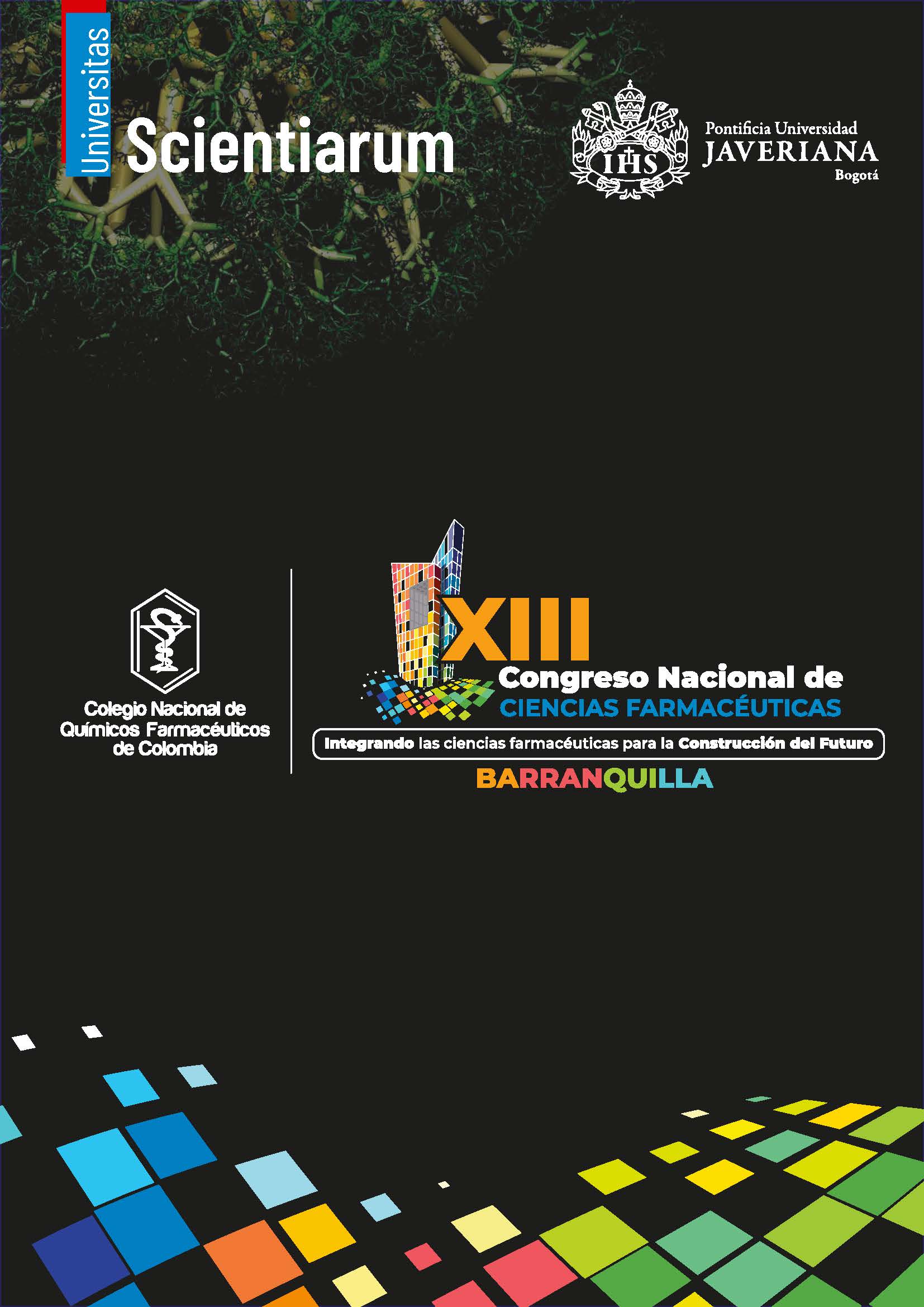Abstract
Staff qualification is essential in sterile preparation centers to ensure assigned responsibilities are clearly defined, meet established specifications, and are executed under written procedures. Traditional qualification methods often rely on checklists that may not reflect real-time performance. This study introduces an innovative methodology using visual inspection, real-time evidence collection, and in situ evaluations to enhance the accuracy and reliability of staff qualification. This applied research involved verifying staff competence through experience, training, visual inspection, and practical tests. Evaluated activities included personal hygiene, clinical and surgical handwashing, sterile gowning, entry and exit from controlled areas, laminar flow hood cleaning, and aseptic manipulation. Evidence was collected via photographs and interviews, and microbiological sampling was performed to validate aseptic techniques. During the qualification process, staff were interviewed and observed performing critical tasks. Photographic evidence was collected at each stage, including sterile gowning and laminar flow hood cleaning. Microbiological samples from personnel, equipment, and environments showed no microbial growth, confirming proper aseptic technique. All evaluated staff met acceptance criteria across all activities, demonstrating high technical competence and adherence to protocols. The implementation of this methodology significantly improved the quality of collected information and the verification of staff competence. It enabled the identification of procedural weaknesses not detectable through written tests alone. The approach provided actionable insights for targeted training and ensured compliance with sterile preparation standards. The qualification process was successfully completed with all staff receiving a 'Compliant' rating.

This work is licensed under a Creative Commons Attribution-NonCommercial 4.0 International License.


